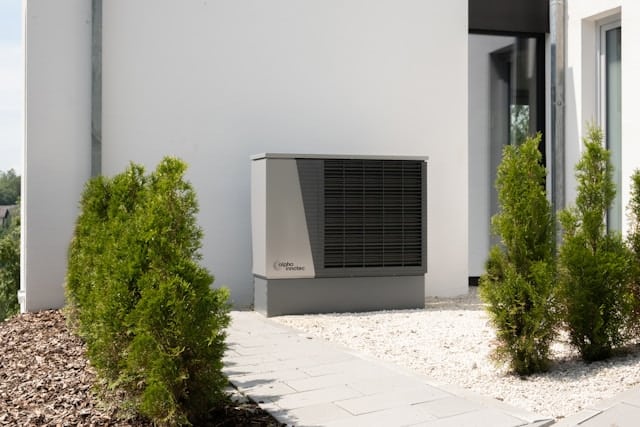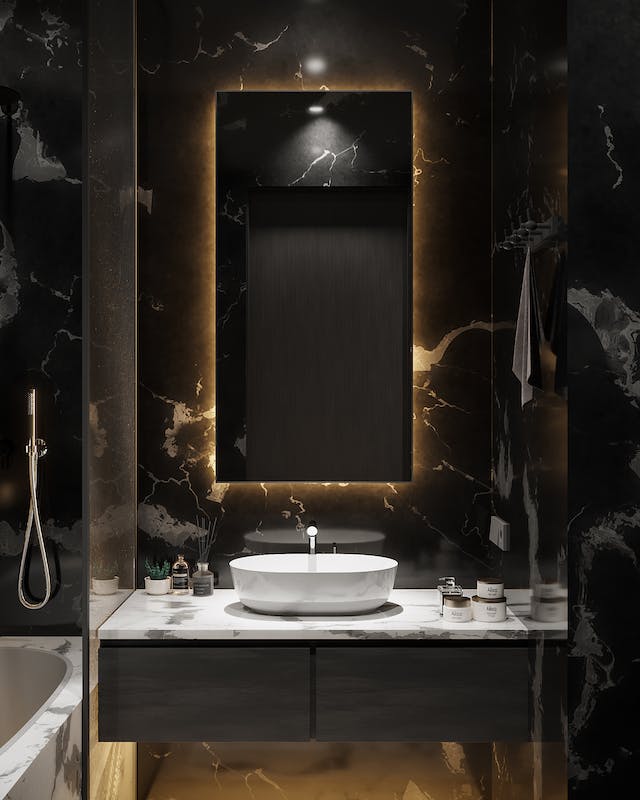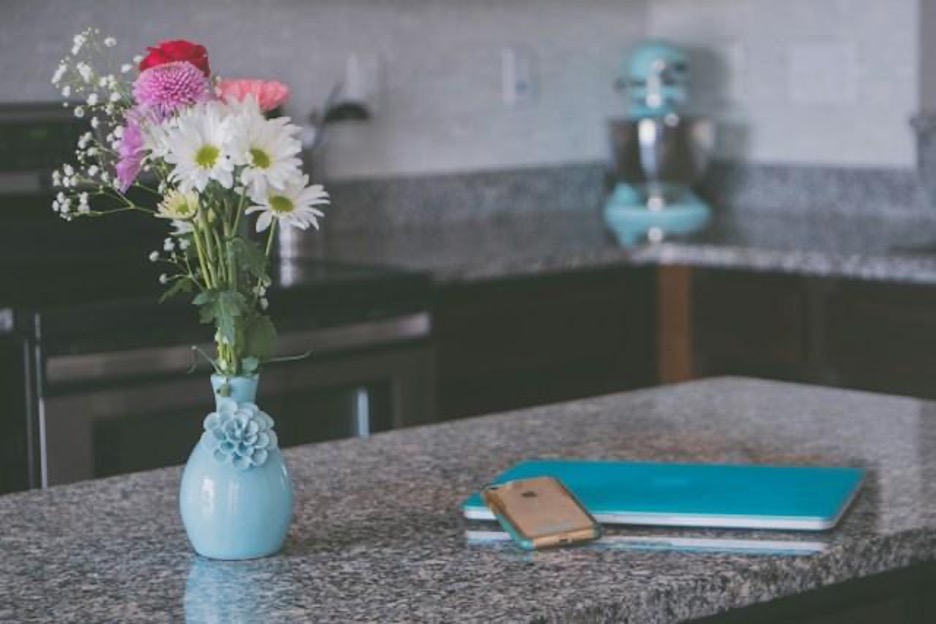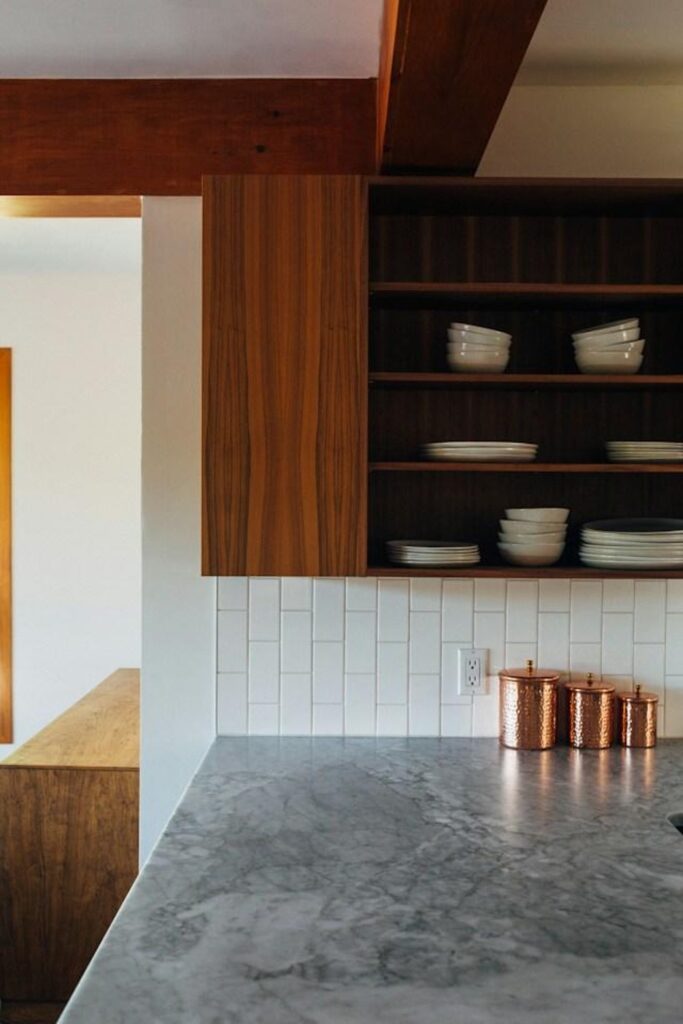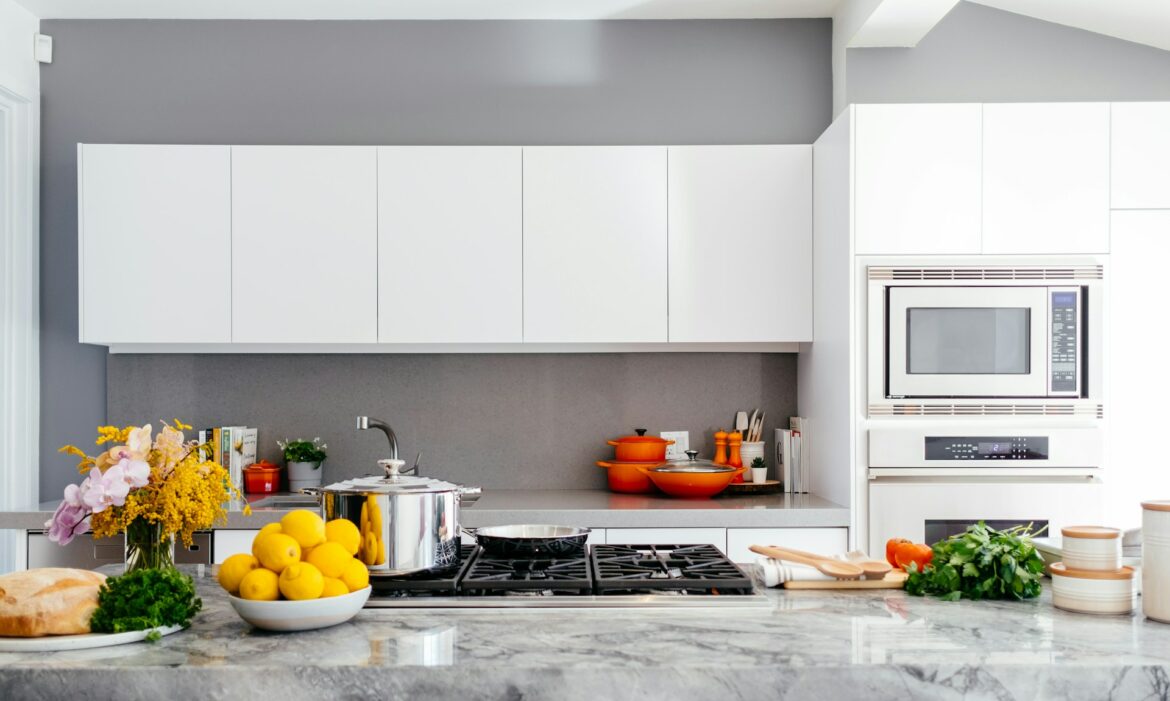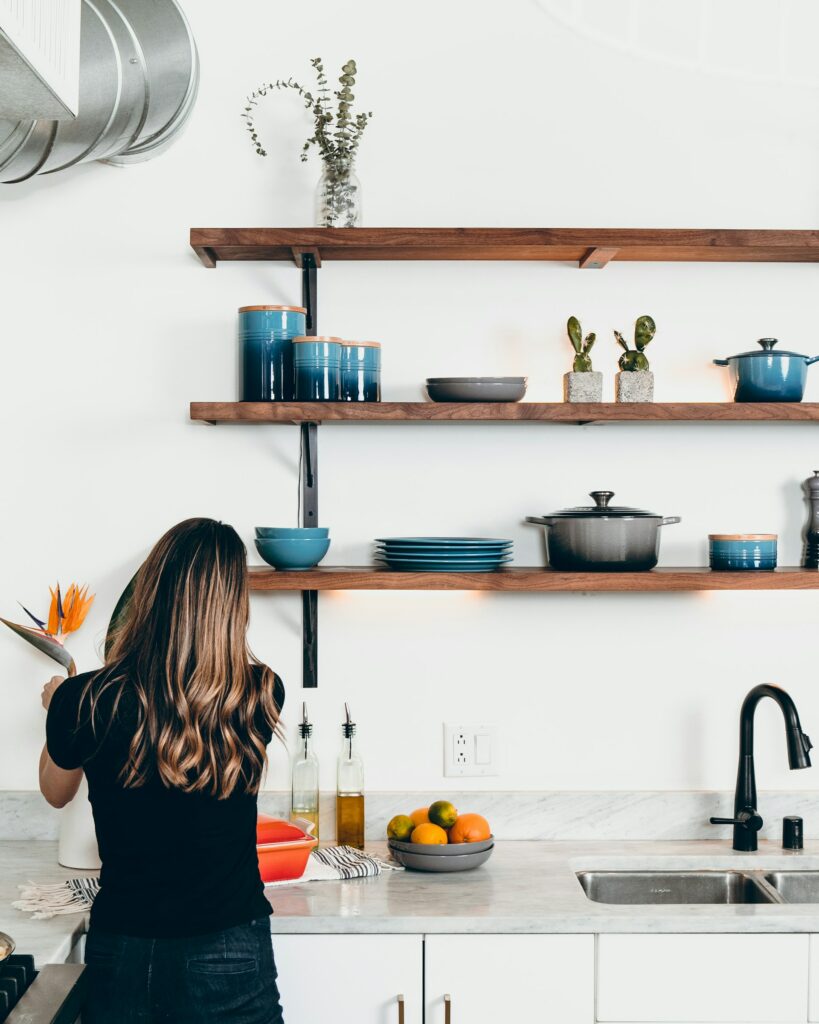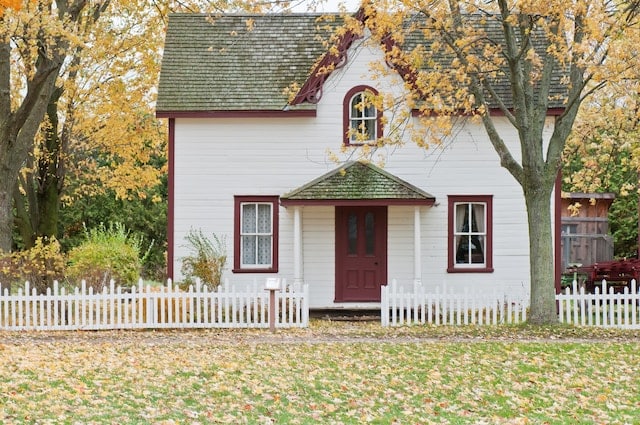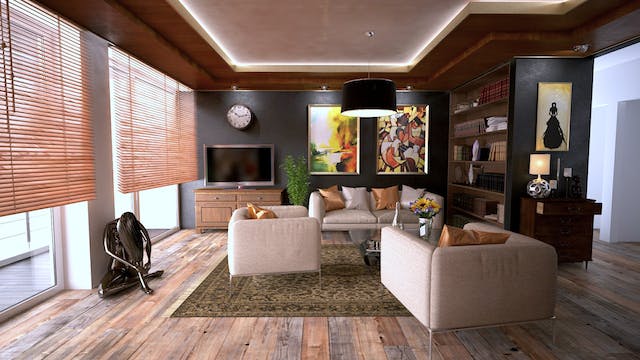I. Introduction
Oil-filled electric heaters offer a reliable and efficient solution for heating homes, particularly in colder climates. These heaters are designed to provide consistent warmth while consuming minimal energy, making them a popular choice among homeowners looking to optimize their heating systems. However, like any heating system, issues can arise, and one of the most common problems with oil-filled electric heater leaks. If you’re experiencing a leak in your heater or want to learn how to prevent them from occurring, check out from Home Heating HQ on how to fix and prevent leaks in oil-filled electric heaters.
A. Brief Overview Of Oil-Filled Electric Heaters
Oil-filled electric heaters are a type of space heater that utilizes electricity to heat thermal oil sealed within the unit. The oil acts as a heat reservoir, absorbing the electrically generated heat and gradually releasing it into the surrounding environment. This method of heating is known as convection, where the warm air rises as cooler air sinks, creating a consistent and comfortable temperature throughout the room.
Oil-filled electric heaters are their ability to maintain heat for extended periods, even after the unit has been turned off. This is due to the thermal properties of the oil, which retains heat much more efficiently than traditional heating elements. As a result, users can enjoy a steady and consistent level of warmth without constantly running the heater, leading to energy savings and lower utility bills.
Furthermore, oil-filled electric heaters are known for their silent operation, making them ideal for use in bedrooms, offices, or other areas where noise levels must be kept to a minimum. Unlike forced-air systems that rely on fans to distribute heat, these heaters operate silently, ensuring a peaceful and uninterrupted environment.
B. Importance Of Preventing Leaks In Home Heating Systems
While oil-filled electric heaters offer numerous benefits, it’s essential to recognize the importance of preventing leaks in home heating systems, including these heaters. Leaks can occur for various reasons, including wear and tear, corrosion, or improper installation, and can have significant consequences if left unchecked.
One of the primary concerns associated with leaks in oil-filled electric heaters is the potential for oil spills, which can pose a serious fire hazard if not addressed promptly. The thermal oil used in these heaters is highly flammable, and even a small leak can result in the accumulation of combustible vapors. Additionally, the presence of oil can damage flooring, carpets, and other household materials, leading to costly repairs and cleanup efforts.
Moreover, leaks in home heating systems can compromise the efficiency and performance of the heater, resulting in uneven heating or complete system failure. As oil leaks out of the unit, the heater may struggle to maintain the desired temperature, leading to increased energy consumption and reduced comfort levels.
II. Understanding Oil-Filled Electric Heaters
Oil-filled electric heaters are a popular choice for heating homes due to their efficiency, reliability, and silent operation. These heaters work and explore the common components and parts that make up their design.
A. How Oil-Filled Electric Heaters Work
Oil-filled electric heaters operate on a simple yet effective principle of convection heating. Within the heater’s housing, there is a series of metal fins or columns that are submerged in a reservoir of thermal oil. When the heater is turned on, electricity flows through a heating element located within the unit, heating up the oil.
As the oil heats up, it begins to circulate throughout the fins or columns via natural convection currents. The heated oil transfers its thermal energy to the metal components, which, in turn, radiate heat into the surrounding air. As the warm air rises, cooler air is drawn in from the bottom of the heater, creating a continuous cycle of convection that effectively heats the room.
B. Common Components And Parts Of Oil-Filled Electric Heaters
Oil-filled electric heaters consist of several key components that work together to facilitate the heating process:
Heating Element: The heating element is responsible for generating the heat that warms the thermal oil. Typically made of metal, the heating element is designed to withstand high temperatures and provide consistent heating performance.
Thermal Oil Reservoir: This is the tank or chamber within the heater where the thermal oil is stored. The reservoir is typically sealed to prevent leaks and is filled with a special type of oil with high thermal conductivity.
Fins or Columns: These are the metal components that are submerged in the thermal oil. Fins or columns increase the surface area available for heat transfer, allowing for more efficient heating of the surrounding air.
Thermostat: The thermostat regulates the temperature of the heater by monitoring the ambient temperature and controlling the flow of electricity to the heating element.
Controls and Settings: Oil-filled electric heaters may feature various controls and settings, such as adjustable temperature settings, timers, and safety features like tip-over protection and overheating protection.
Casing and Housing: The outer casing or housing of the heater encloses all the internal components and provides protection against damage. It is typically made of durable materials such as metal or plastic and may feature handles or wheels for easy portability.
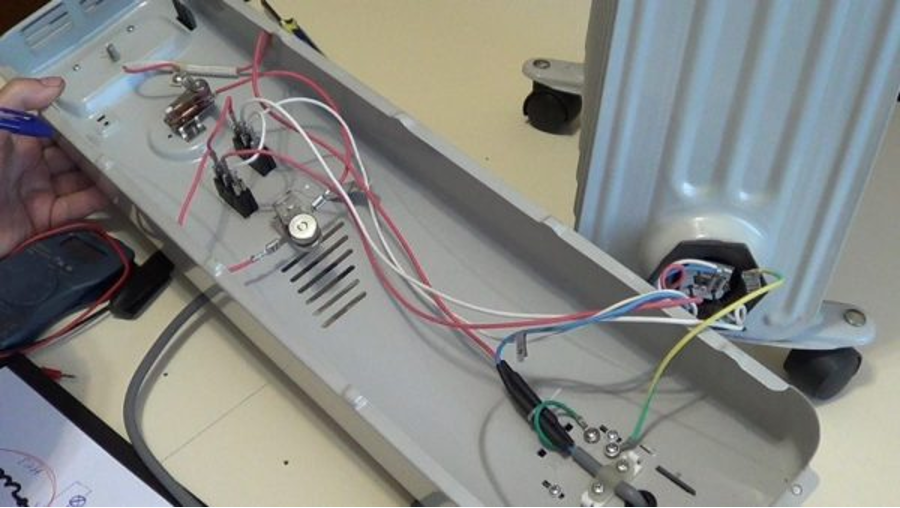
III. Preventive Maintenance Tips For Oil-Filled Electric Heater Leaks
Regular maintenance is essential to ensure the safe and efficient operation of oil-filled electric heaters. Some preventive maintenance tips to help homeowners keep their heaters in optimal condition.
A. Cleaning Of The Heater
Regular inspection and cleaning of the oil-filled electric heater are crucial to remove dust, debris, and any potential blockages that could hinder its performance.
Turn off and unplug the heater: Before performing any maintenance, always turn off the heater and unplug it from the power source to prevent the risk of electric shock.
Inspect the exterior: Check the outer casing of the heater for any signs of damage, such as cracks or dents. Also, ensure that the power cord is in good condition with no fraying or exposed wires.
Clean the fins or columns: Using a soft brush or vacuum cleaner with a brush attachment, gently clean the fins or columns of the heater to remove dust and debris. Be careful not to bend or damage the fins during cleaning.
Clean the exterior: Wipe down the exterior of the heater with a damp cloth to remove any dirt or grime.
Inspect the thermostat: Check the thermostat to ensure it is functioning correctly and accurately regulating the temperature. If necessary, refer to the manufacturer’s instructions for recalibration or replacement.
B. Checking For Damaged Or Worn-Out Parts
Regularly inspecting the internal components of the oil-filled electric heater can help identify any damaged or worn-out parts that may need replacement. Here’s what to look for:
Inspect the heating element: Check the heating element for any signs of corrosion or damage. If the heating element is visibly worn or damaged, it may need to be replaced by a qualified technician.
Check for leaks: Inspect the heater for any signs of oil leaks, such as puddles or stains on the floor. If you detect a leak, discontinue use of the heater immediately and contact a professional for repairs.
Test safety features: Ensure that all safety features, such as tip-over protection and overheating protection, are functioning correctly. Test these features according to the manufacturer’s instructions to verify their effectiveness.

IV. Conclusion
Oil-filled electric heaters are reliable and efficient heating solutions that provide consistent warmth and comfort in homes. However, ensuring the safe and efficient operation of these heaters requires proactive maintenance and preventive measures. The importance of preventing electric heater leaks in oil-filled electric heaters, preventive maintenance tips and repair options, and offering an ensuring efficient and safe home heating.
Frequently Asked Questions (FAQ)
Q: What are the signs of a leak in an oil-filled electric heater?
Common signs include oil stains or puddles around the heater, a decrease in heating efficiency, strange smells, or unusual noises.
Q: What can cause leaks in oil-filled electric heaters?
Leaks can be caused by factors such as corrosion, physical damage to the heater, manufacturing defects, or improper installation.
Q: How can I prevent leaks in my oil-filled electric heater?
Regular maintenance, including inspection for damage, cleaning, and monitoring oil levels, can help prevent leaks. Ensure proper installation and avoid placing heavy objects on the heater.
Q: Is it safe to use a leaking oil-filled electric heater?
No, using a leaking heater can pose safety hazards, including fire risks and exposure to harmful fumes. It’s essential to address leaks promptly and follow safety guidelines.
Q: Can I repair a leak in my oil-filled electric heater myself?
Minor leaks may be temporarily patched, but it’s recommended to seek professional repair for significant leaks to ensure safety and effectiveness.



